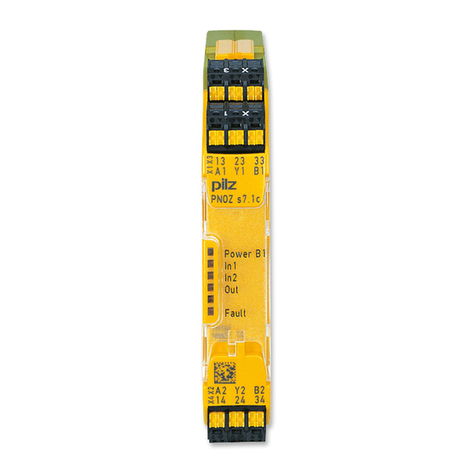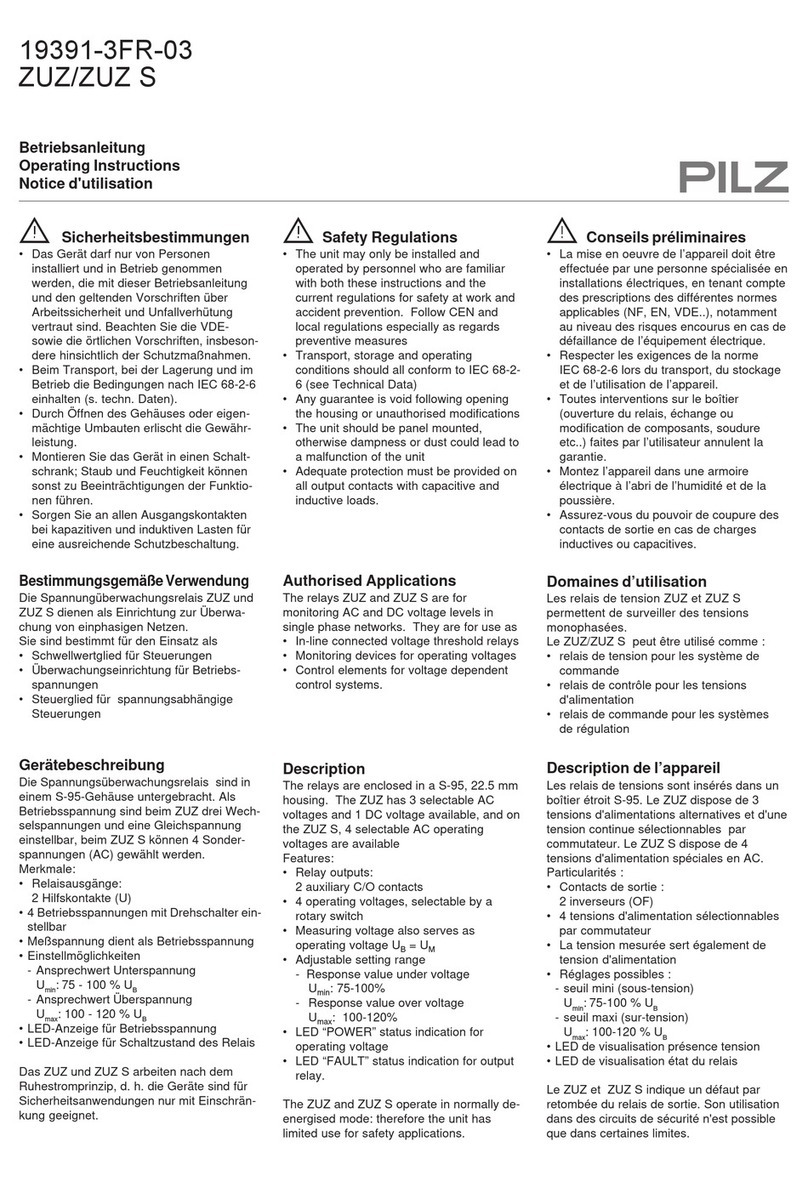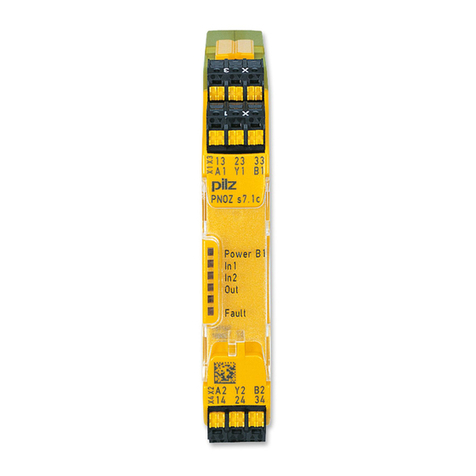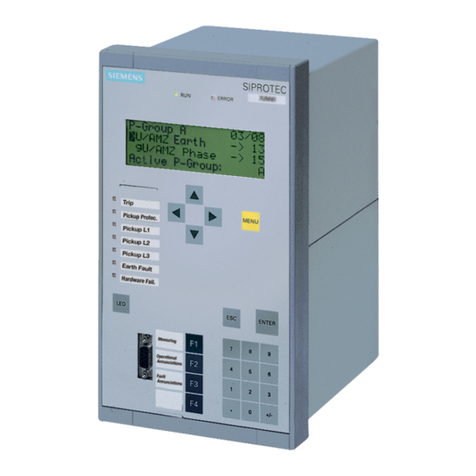Pilz PMUT X1P User manual
Other Pilz Relay manuals
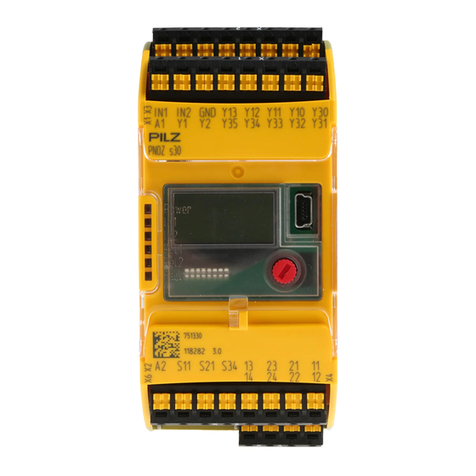
Pilz
Pilz PNOZ s30 User manual

Pilz
Pilz PNOZ e3vp User manual

Pilz
Pilz PNOZ X8P User manual

Pilz
Pilz PZE X4VP User manual

Pilz
Pilz PNOZ XV3P User manual
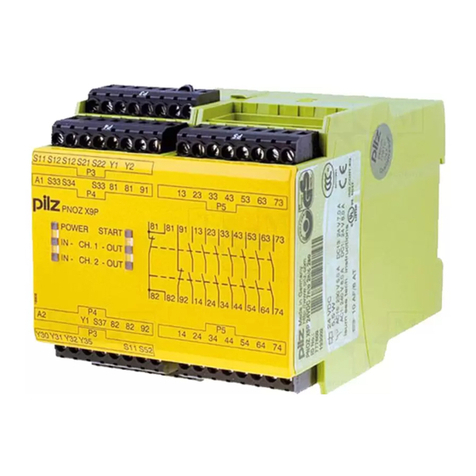
Pilz
Pilz PNOZ X9P AC/DC User manual

Pilz
Pilz PNOZ Ex User manual
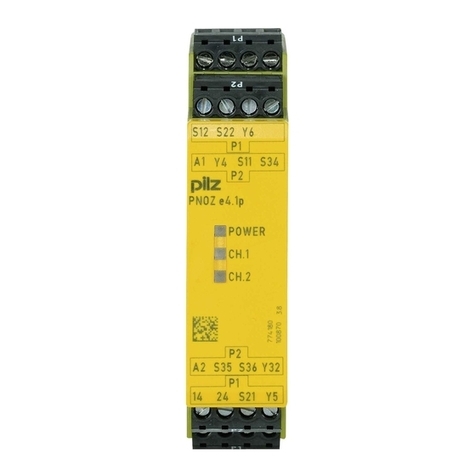
Pilz
Pilz PNOZELOG Series User manual

Pilz
Pilz P2HZ X3 User manual

Pilz
Pilz PMD s10 User manual
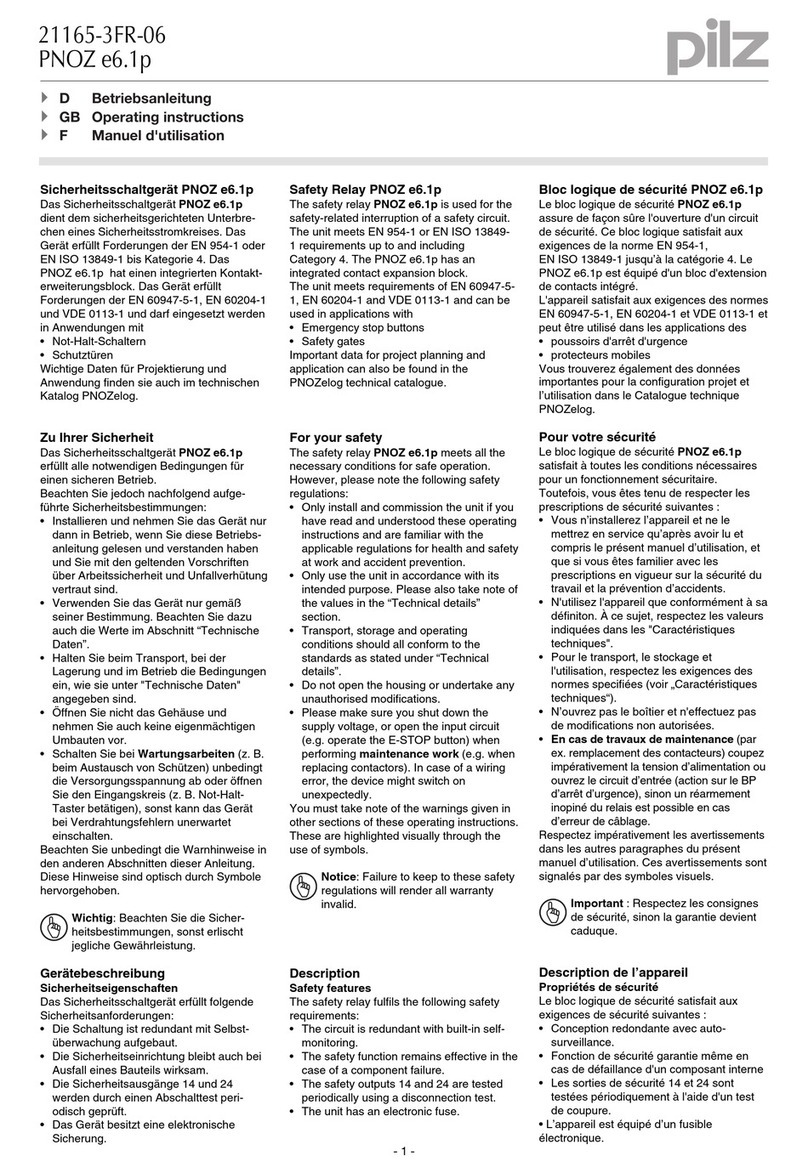
Pilz
Pilz 21165-3FR-06 User manual
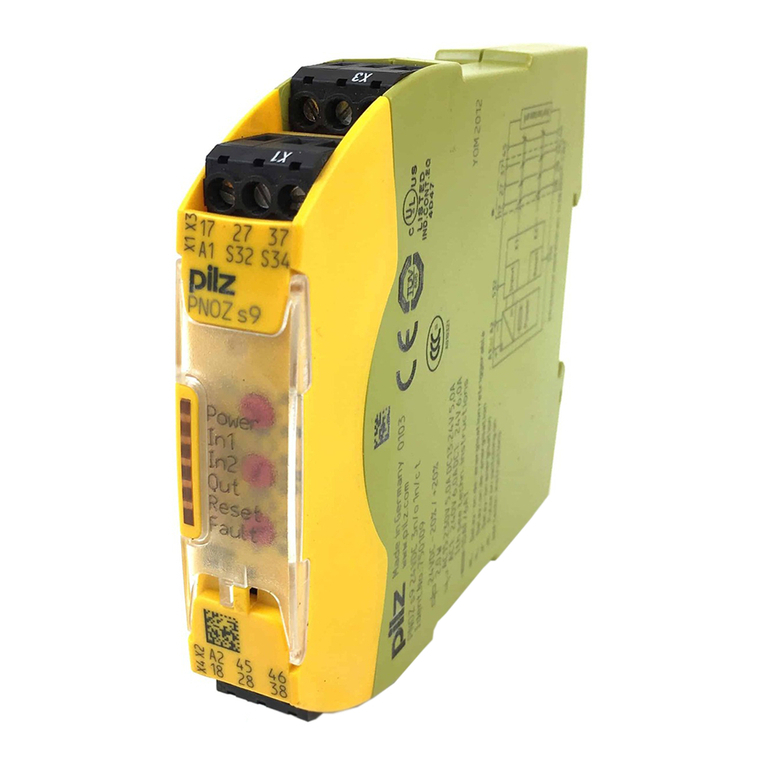
Pilz
Pilz PNOZ s9 User manual
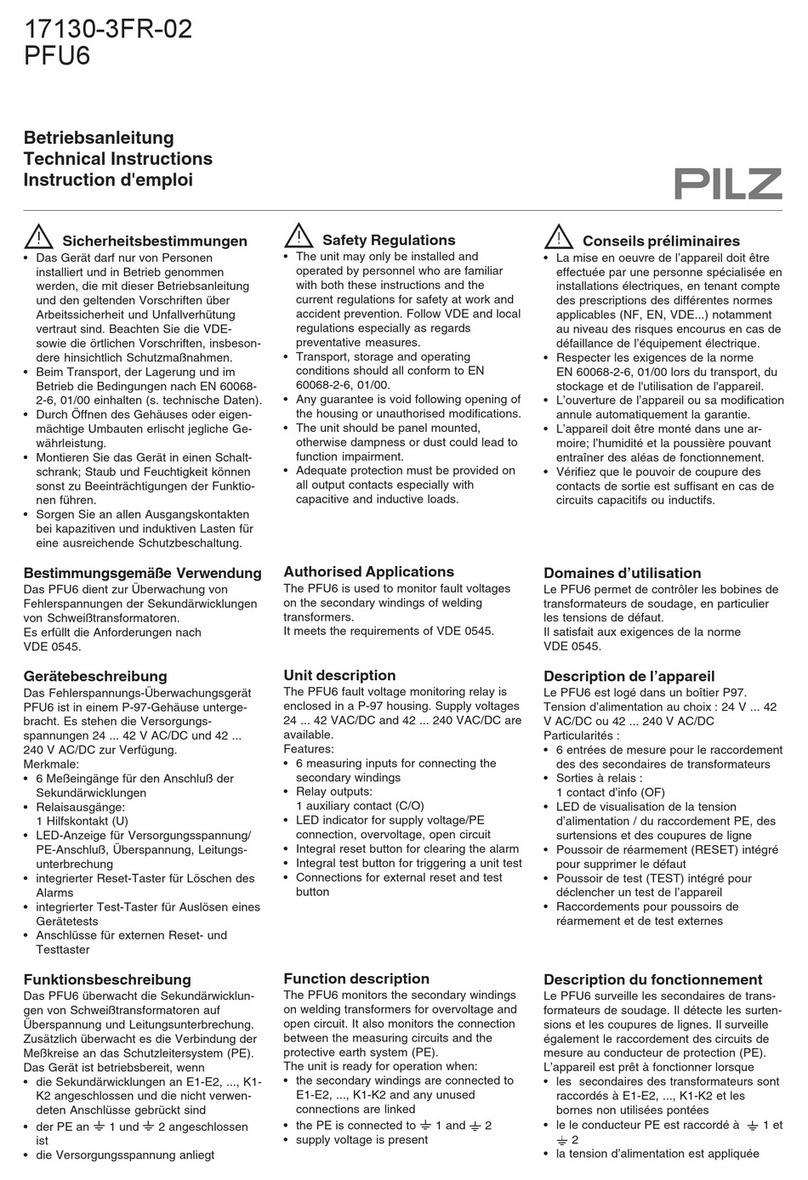
Pilz
Pilz PFU6 Owner's manual

Pilz
Pilz P2HZ X1P User manual
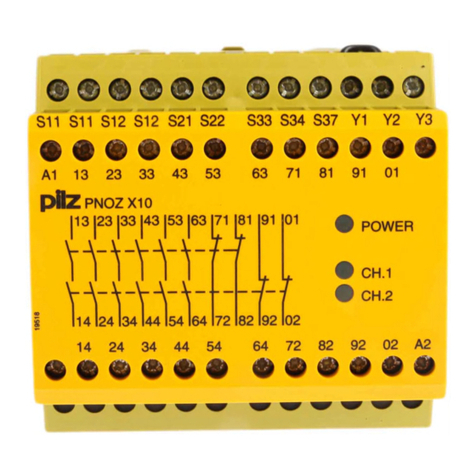
Pilz
Pilz PNOZ X10 User manual
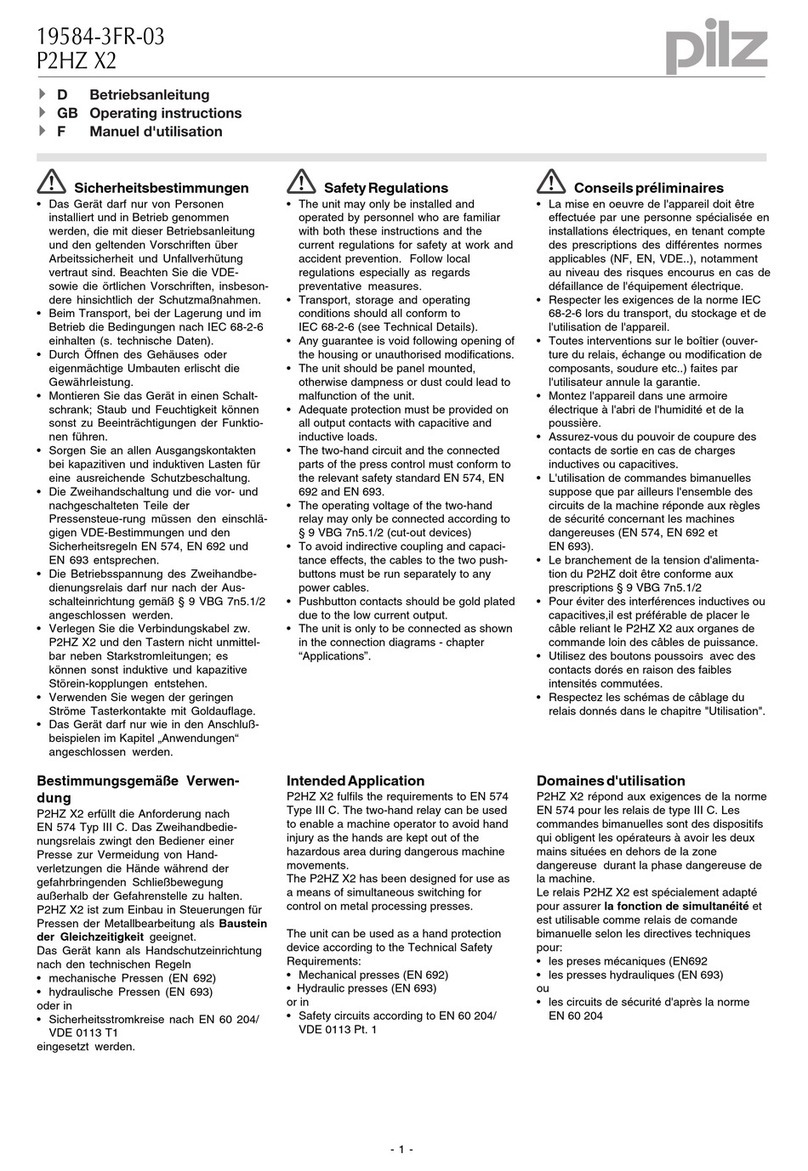
Pilz
Pilz PNOZ X Series User manual

Pilz
Pilz PNOZ X7P User manual

Pilz
Pilz PNOZ X Series User manual

Pilz
Pilz PZE x4p User manual

Pilz
Pilz PNOZ po3.3p User manual
Popular Relay manuals by other brands

CD Automation
CD Automation REVEX 2PH 280A user manual

ABB
ABB SPAJ 142 C User manual and technical description

Ruelco
Ruelco 1S04 Operation manual

Basler
Basler V3E Z1P B2C1F instruction manual
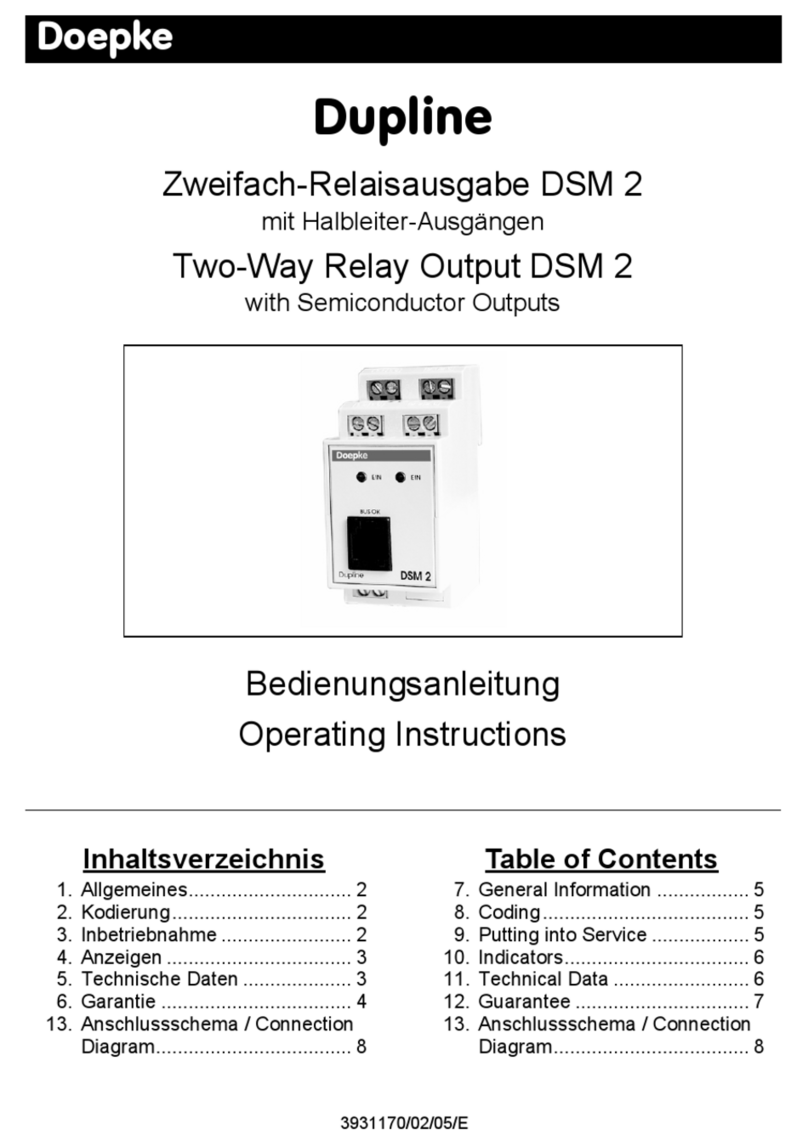
Doepke
Doepke Dupline DSM 2 operating instructions
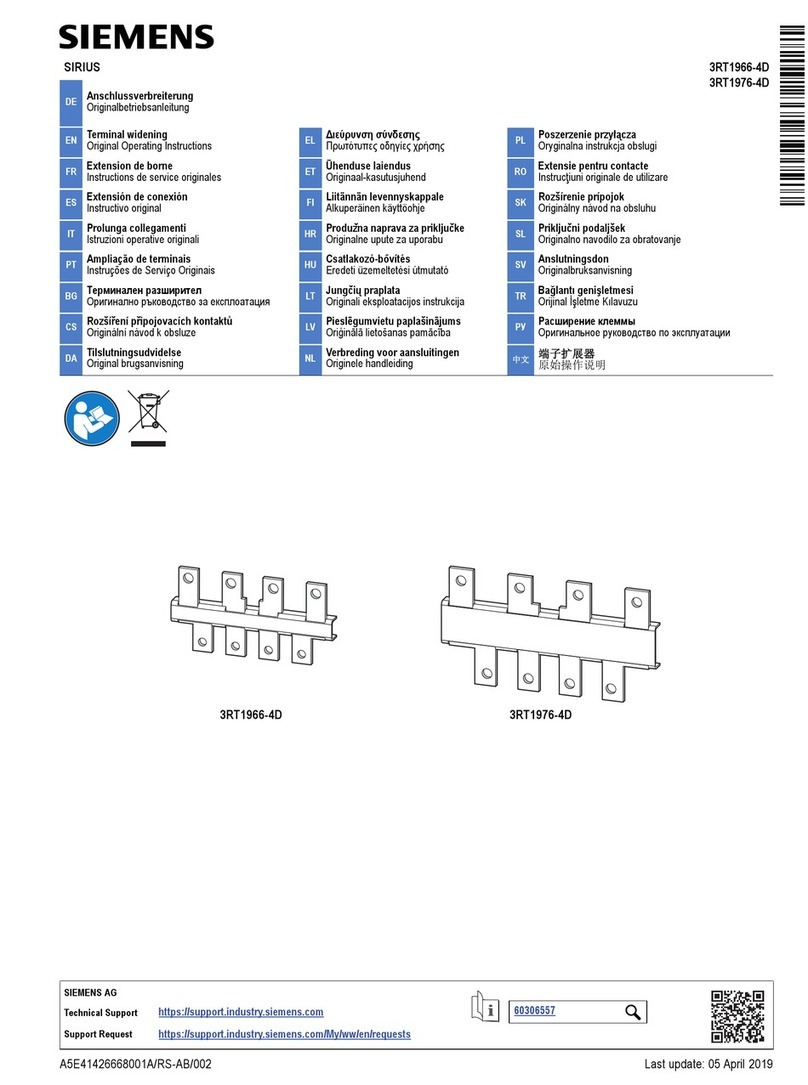
Siemens
Siemens SIRIUS 3RT1966-4D Original operating instructions

